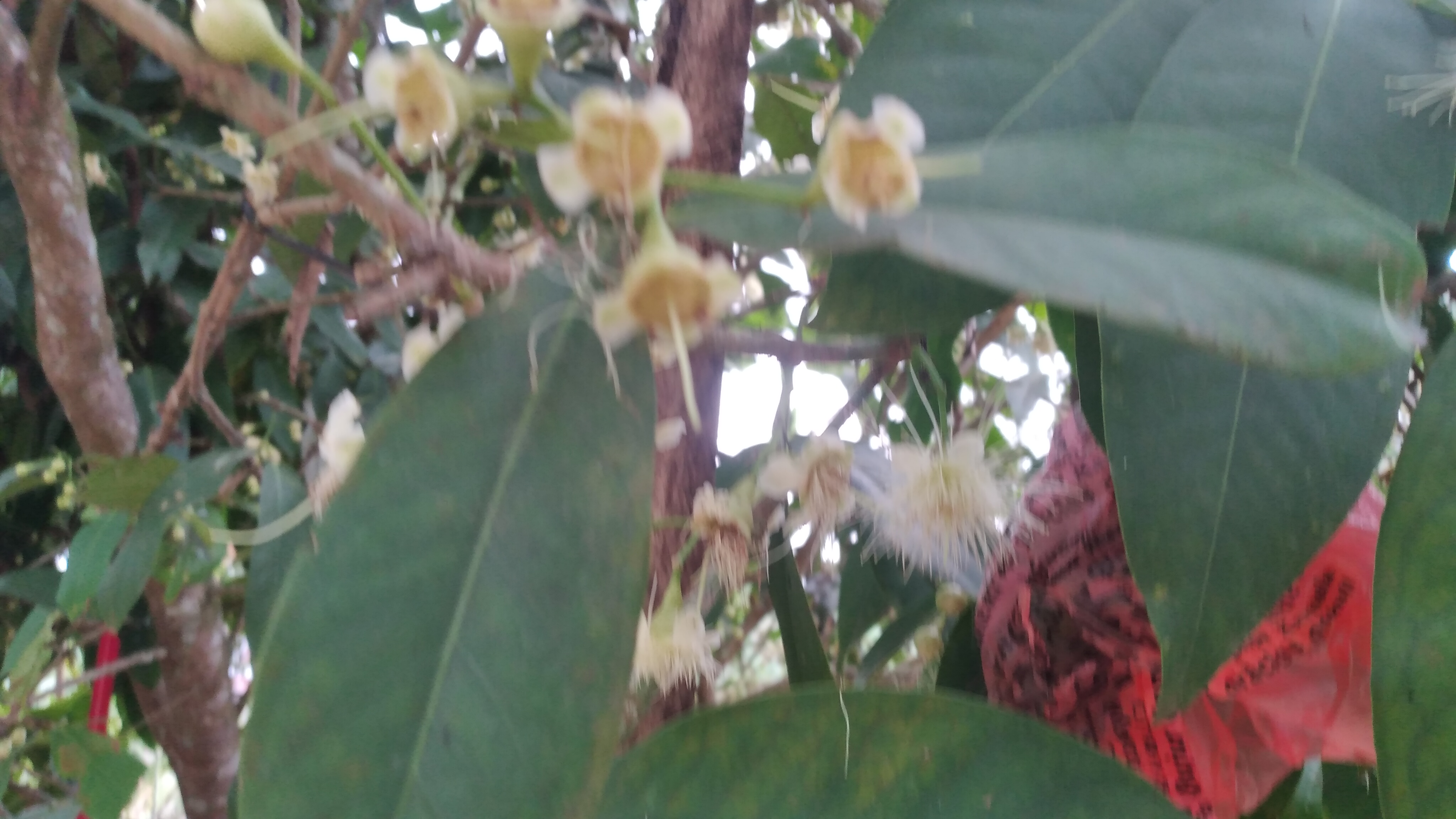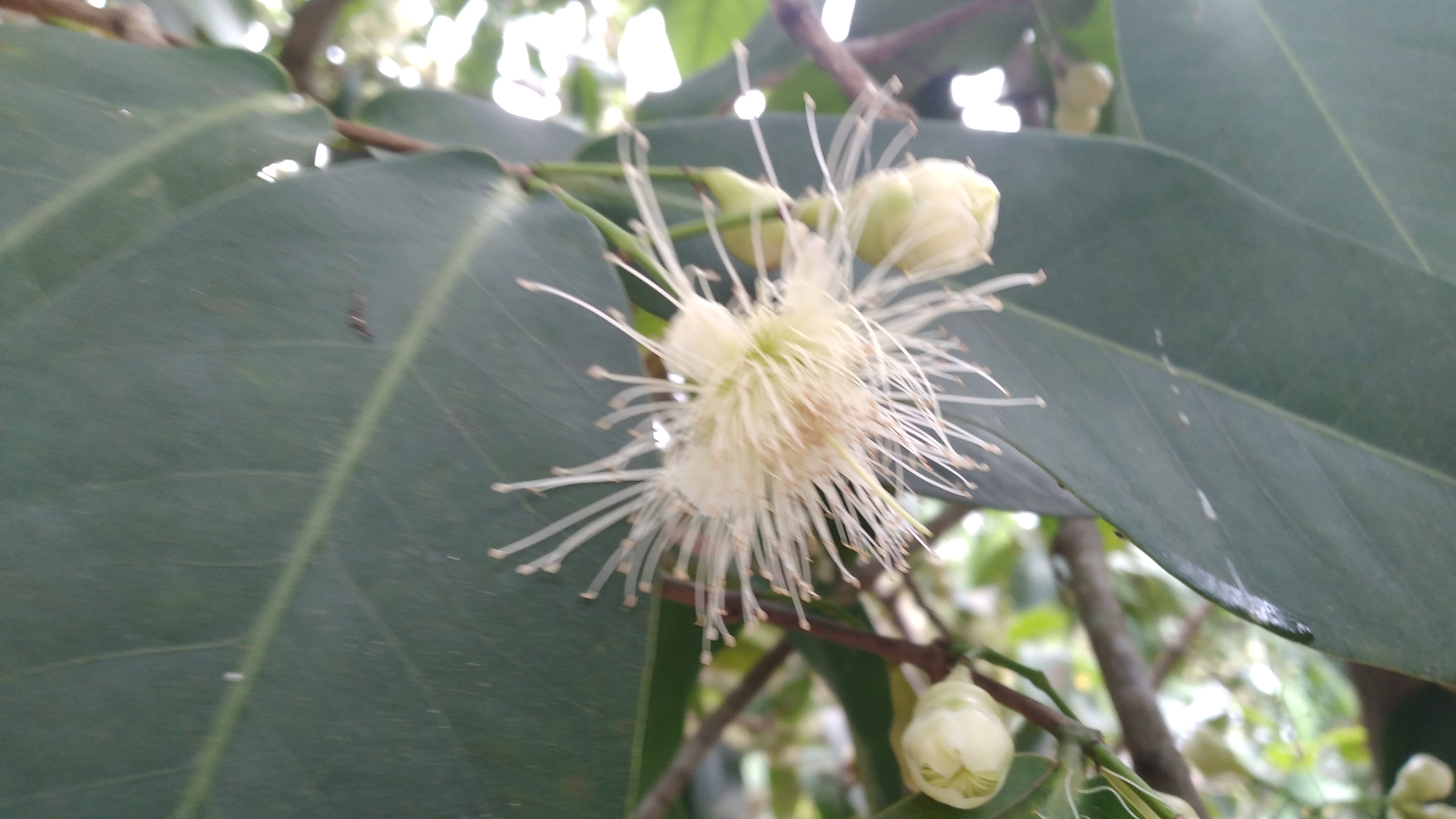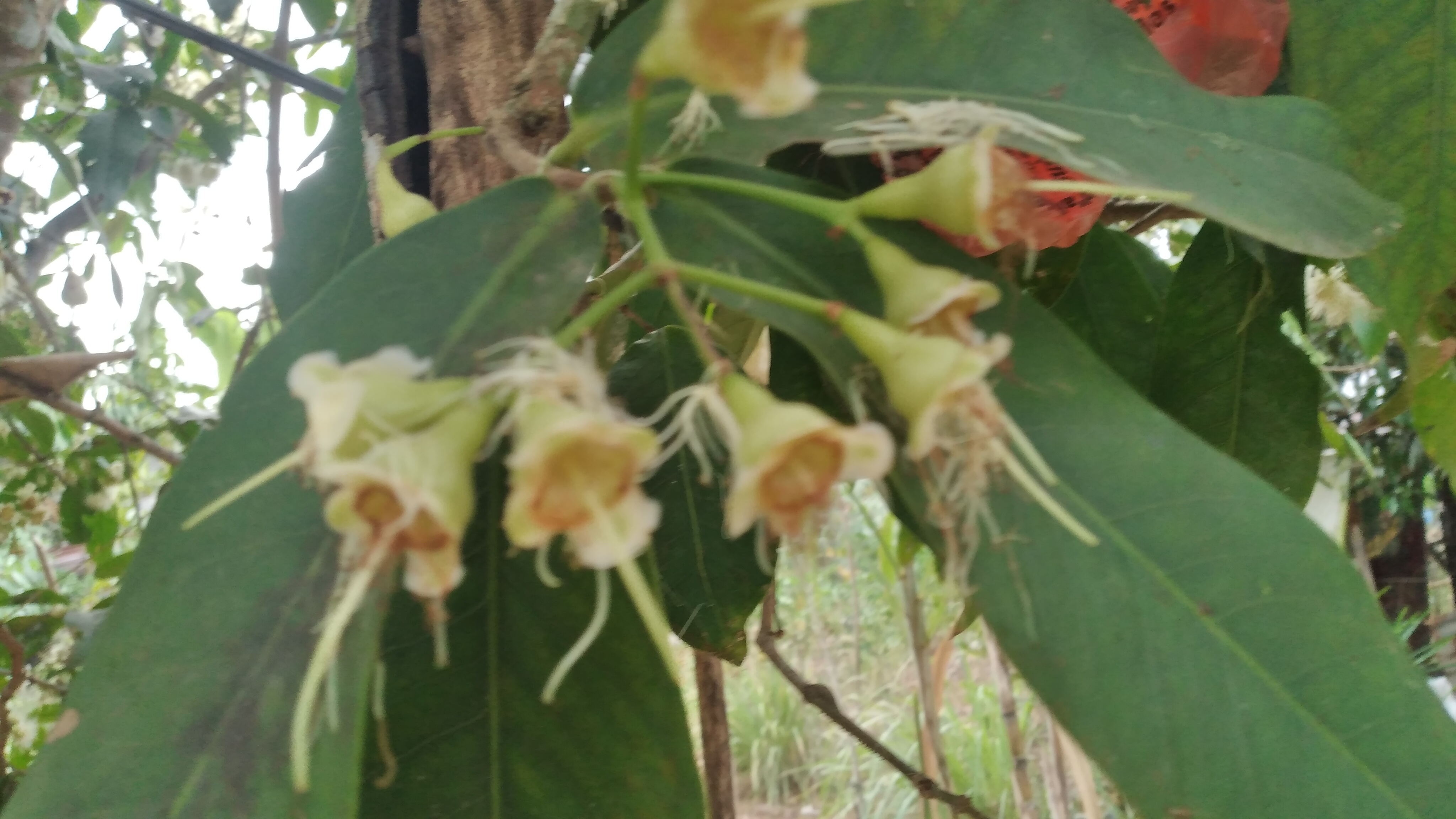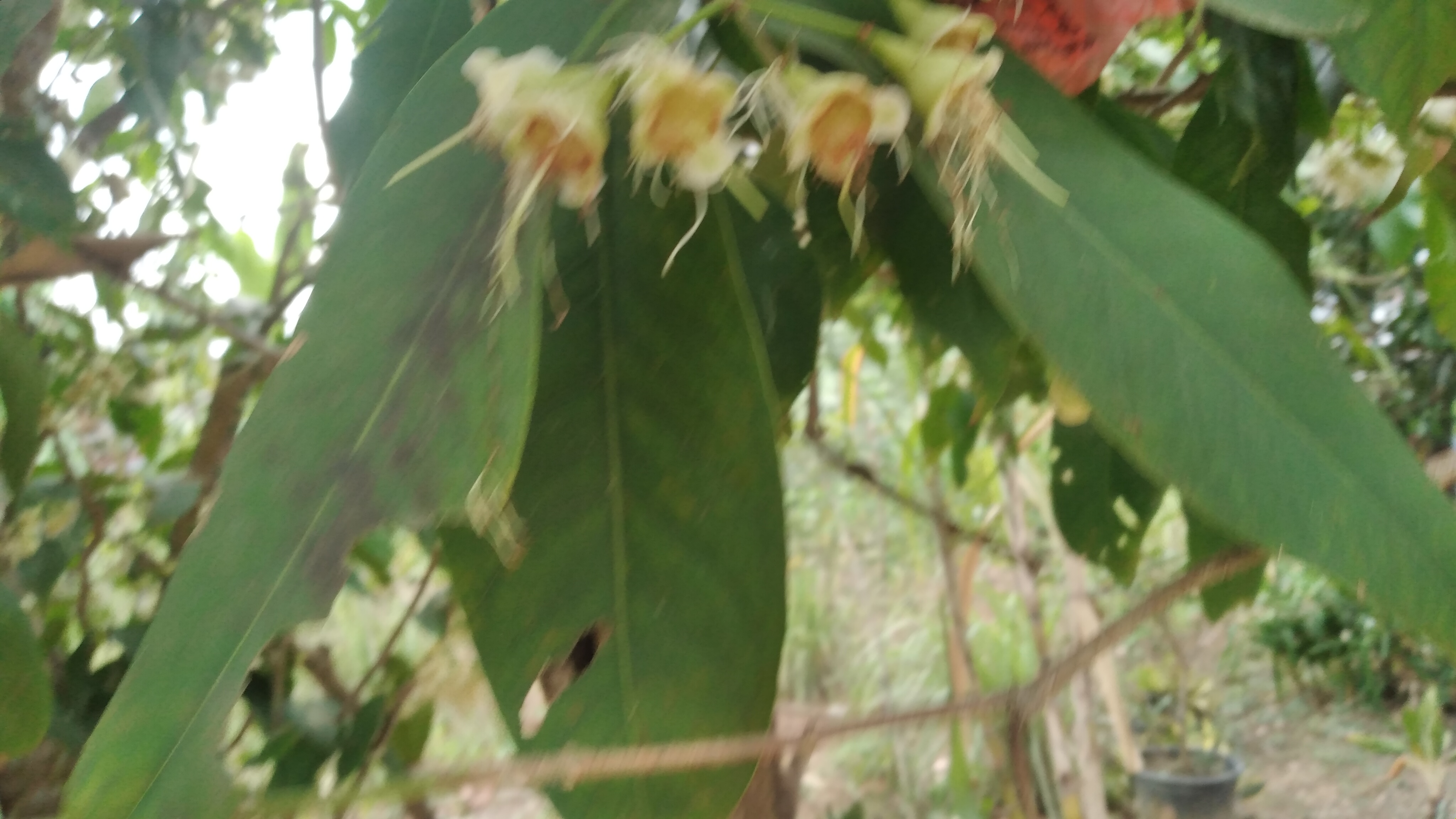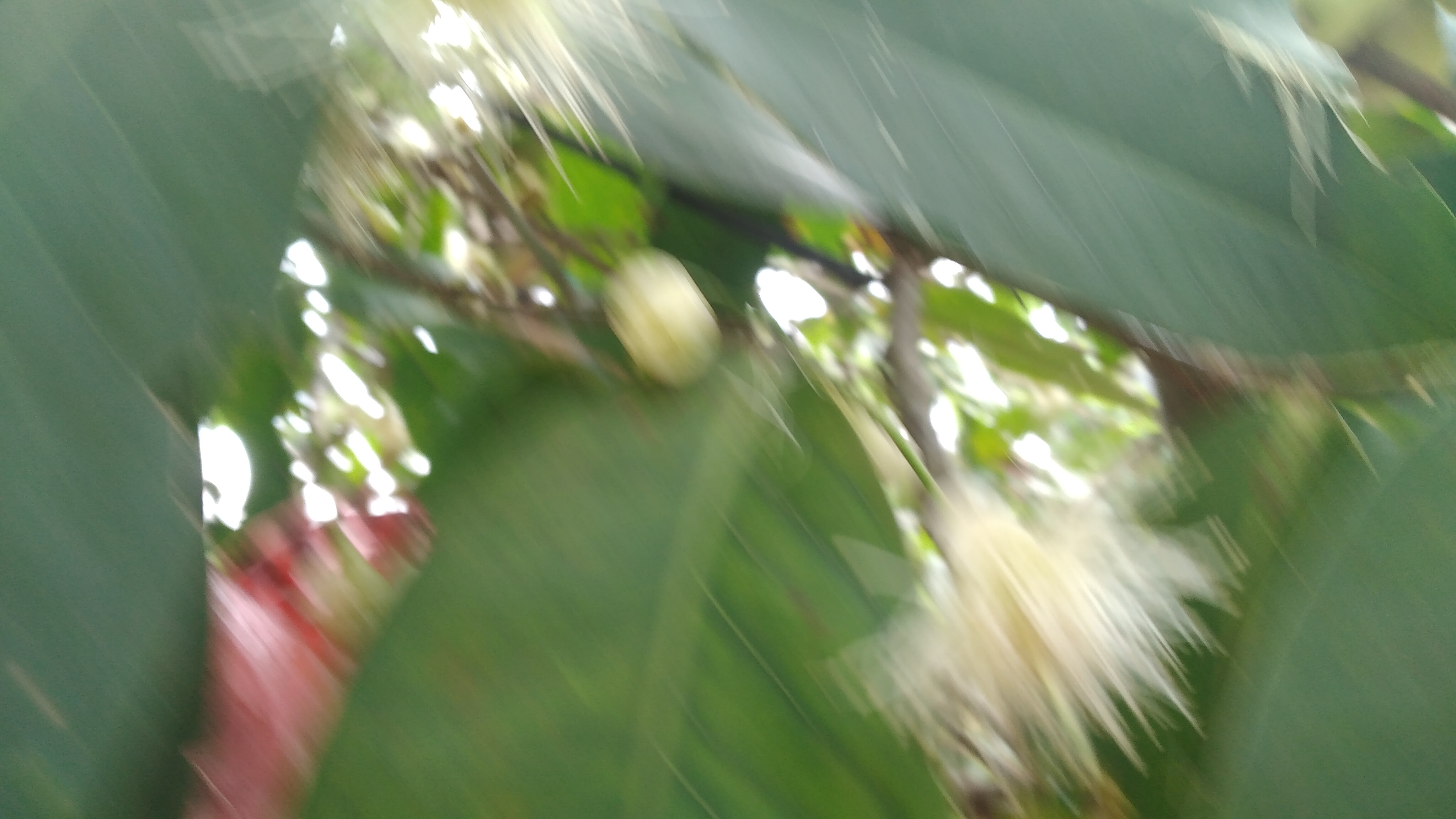Caring for honey guava fruit

In general, water guava is eaten fresh, but it can also be made into puree, syrup, jelly, jam/other preserves. Apart from being a "table fruit", water guava has also become a sophisticated dish, made into salads and fruit cocktails. The important chemical contents of water guava are sugar and vitamin C.
Ripe guava fruit tastes sweet, apart from being served as table fruit, it is also used for salads and pickles. Sometimes the bark can be used as medicine.
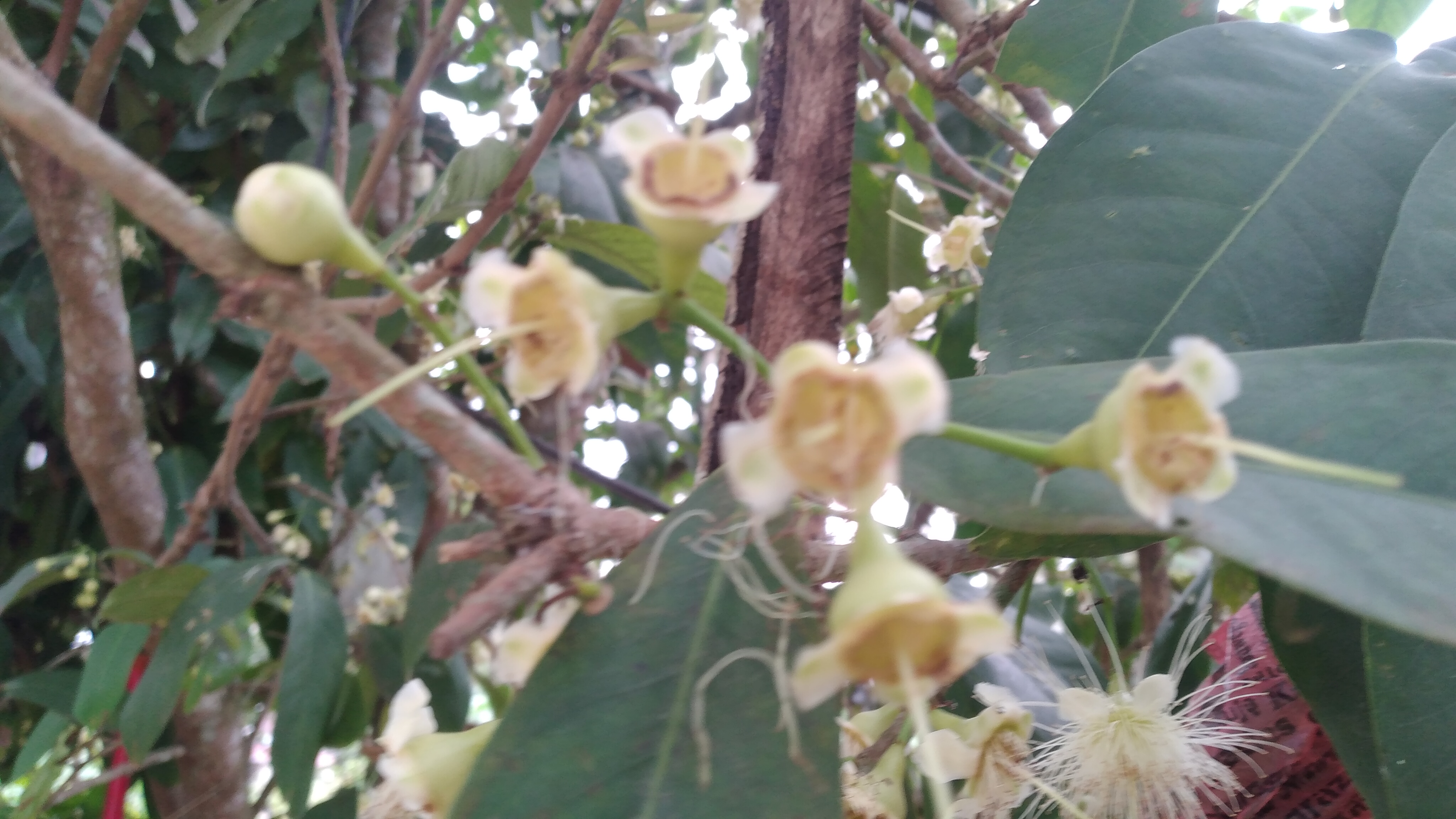
The type of planting medium that is suitable for cultivating water guava is fertile, loose soil, containing lots of organic material, with a soil pH suitable as a planting medium, namely 5.5-7.5 and water guava plants are suitable for growing on flat ground.
Guava plants are good in dry climates with low rainfall of around 500-3,000 mm/year. The ideal temperature suitable for growing water guava plants is around 18-28ºC with air humidity between 50-80%. Water guava plants are planted in the lowlands up to an altitude of 500 m above sea level (above sea level) with a minimum light requirement of 6 hours.
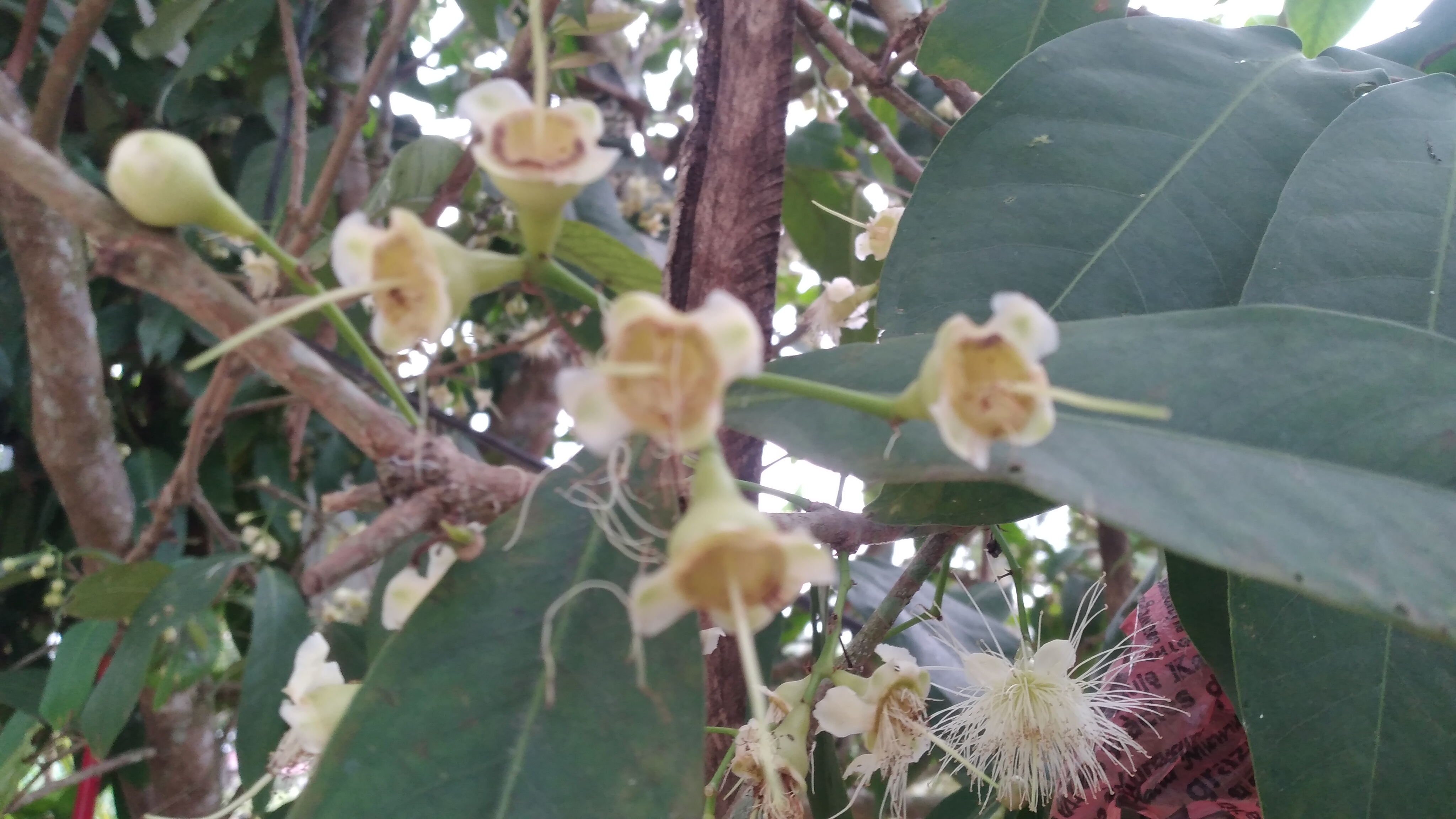
The water guava plant (Syzygium aqueumL) originates from Indo-China and Indonesia, spread to Malaysia and the islands of the Pacific. Two sub-districts are production and marketing centers for water apple honey, namely Namorambe District and STM Hilir District, Deli Serdang Regency, North Sumatra Province, Betokan Village.
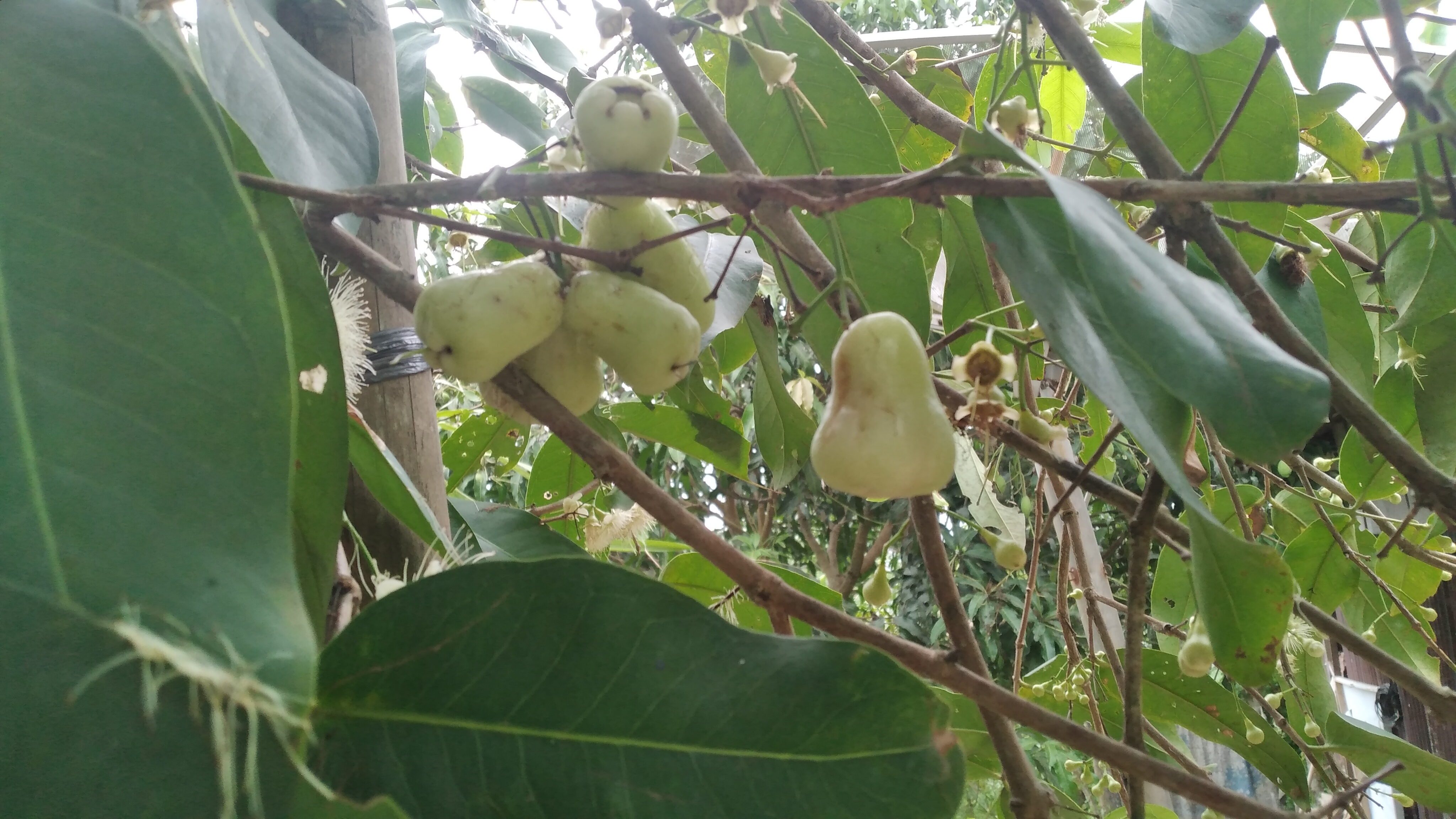
Guava plants have compound flowers with a bouquet shape, namely panicles.
Apart from that, this flower has yellow and white colors. This flower is located right in the armpit of the leaf. The petals have a funnel shape with stamens measuring 4 to 4 cm. The stamens are white with many strands reaching 20 stamens measuring 4 to 5 cm in the pistil. The color of the sari pistil is pale green. Usually the flowers on the water guava plant are known as complete flowers.
